Cloudy and Overcast Day Photography
We can probably all agree a cloudy and overcast day isn’t exactly the greatest source of inspiration to go out on the trail for landscape photography. Especially if perhaps you’re on a photo trip, the weather sucks, and you don’t know what to do. I’ve been there a few times myself.
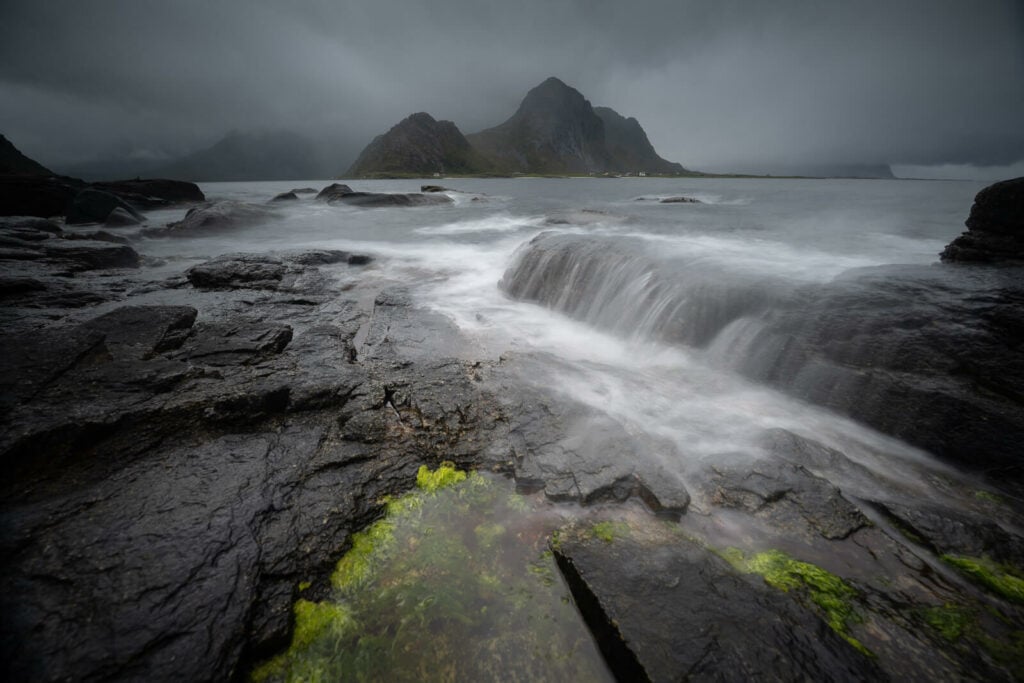
Still, we also probably all had that itch to go out with a camera anyway, regardless of the weather. Unless, of course, there’s a storm in full swing or life-threatening wind speeds.
Admittedly, in my early days doing landscape photography, I’d be greatly disappointed if the weather didn’t cooperate. Nowadays instead, I just go out despite the weather. With the right gear, of course, ready for wind and rain.
There are plenty of ways you can enjoy doing landscape photography even when the sun is hidden from view. Hopefully, I can share some tips and suggestions you can also find useful – or at the very least find some inspiration to go out and shoot even if the weather is bad.
So keep your camera batteries charged and camera gear ready even when the weather forecasts promise cloudy and overcast skies. Hopefully, you will find some inspiration or useful tips for such days in this post.
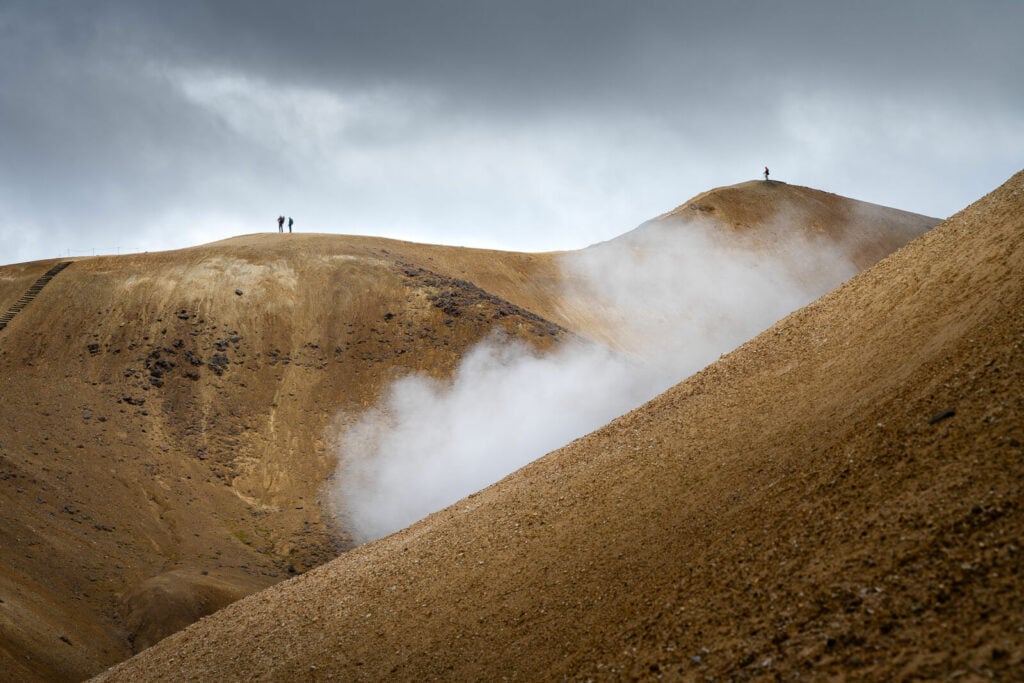
The Benefits of Cloudy Skies for Landscape Photography
First, let’s look at the benefits of a cloudy and overcast sky for landscape photography. It’s not all doom and gloom when the sun is nowhere to be seen. Cloudy or dull skies have their perks too. Here are the main ones I think landscape photography could benefit from:
- Soft, Even Lighting: Cloud cover acts like a giant diffuser, scattering sunlight and eliminating harsh shadows. The soft, even lighting is ideal for highlighting textures, colors, and details in the landscape.
- Moody Atmosphere: Overcast skies add a layer of drama and moodiness to your photos, evoking a sense of mystery and depth. The subdued light lends itself well to capturing the quiet beauty of fog-covered valleys, misty forests, or moody seascapes.
- Reduced Glare and Reflections: Cloudy days minimize glare and reflections, allowing you to capture clear, crisp images of water bodies, shiny surfaces, and landscapes with intricate details that might otherwise be washed out by harsh sunlight.
- Extended Shooting Hours: Unlike sunny days with limited shooting times during the golden hour, overcast conditions provide a more extended window for photography throughout the day. You can shoot all day in the same lighting conditions.
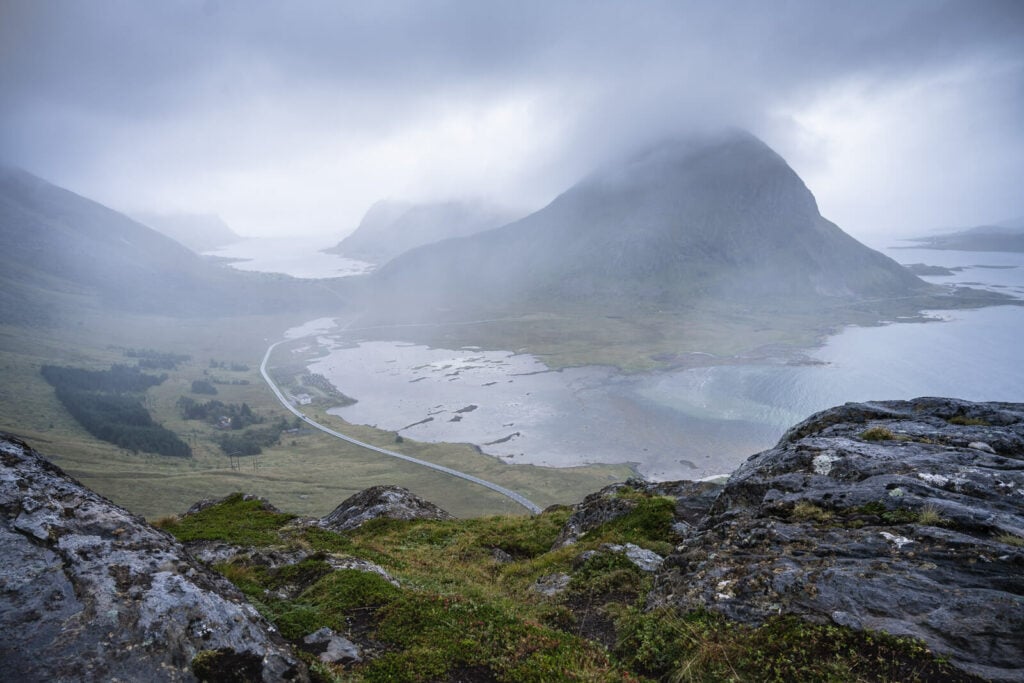
Tips and Ideas for Cloudy and Overcast Days Landscape Photography
In my view, it still comes downtown to two main elements: composition and Sky.
The composition may be the most important single element. Without the deep contrast of light and shadows, there are only compositional choices that can help create depth in an image. Depth is critical as it draws the eye into the image and keeps it there.
Then the sky. What type of image is each specific, So you’d have to look at the scene and ask yourself a few questions. Do you want to bring out the texture for a dramatic image, or do you want something flatter or something bright with a gradient to slowly transition toward a subject? Or try something minimal or abstract?
- Make it minimal or high-key. Just embrace the nothingness in from of you focus the image and your composition on the few elements available isolate those. In such cases, composition is probably even more important. Those few elements, or lack of them. This works particularly well when photographing dull, flat, white skies. In this case too, the less, the better.
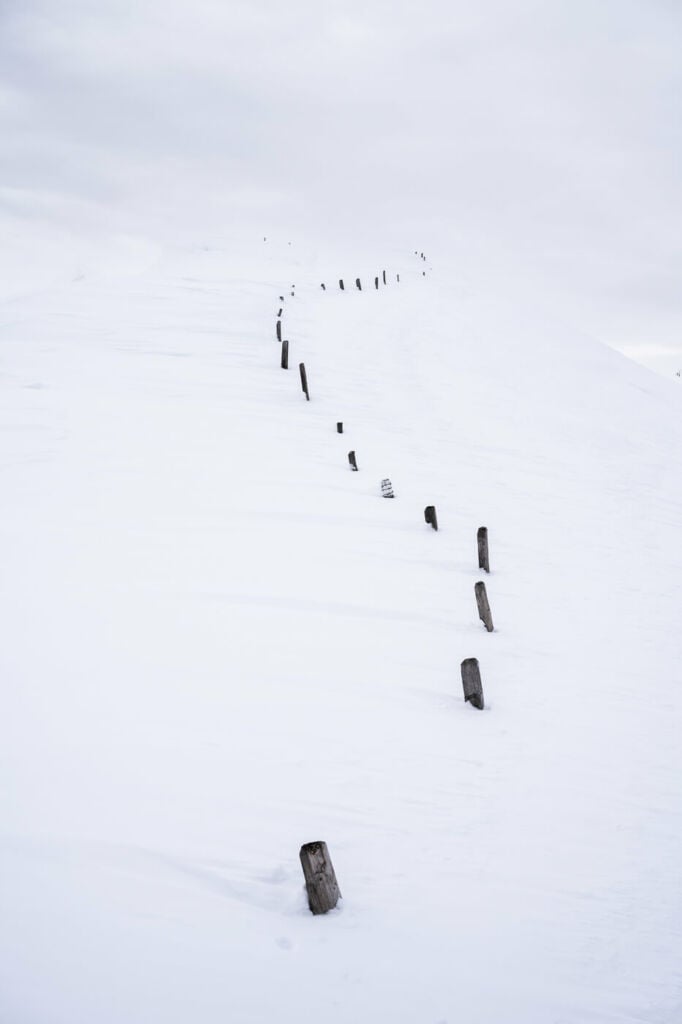
The sky is included in this image. As it almost seamlessly merges with the landscape,
- Abstract: one step further from the above. You could use isolated or blurry elements to create something outside of the standard or classic landscape. Take elements that resemble landscape but aren’t that easy to identify at first. If the clouds and the sky been in, even better.
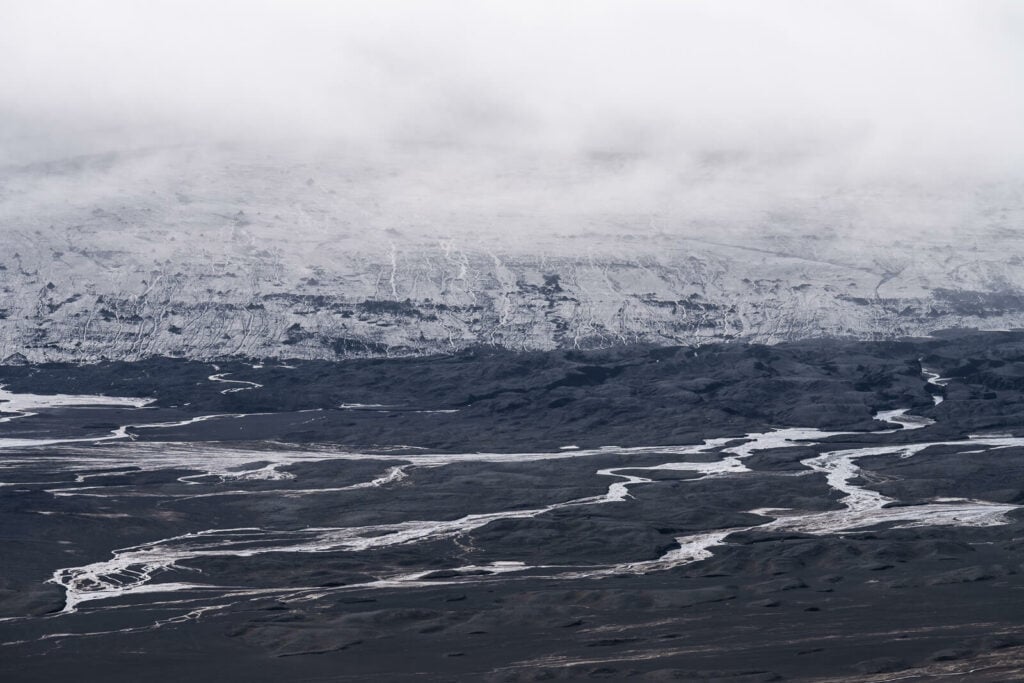
- Look for shapes and structures: something that could break the flatness of the image. In normal conditions, you may use light or darkness to drive the eye toward the subject. Instead, you could use structures to break the flatness of an image and make those structures the focal point of the image.

- Desaturated, cold colors. Yes, sure, oversaturated images are more suited to attract the compulsive clicks of casual internet viewers. However, desaturated colors are easier on the eyes and more suited to naturally capture the essence of a cloudy day.
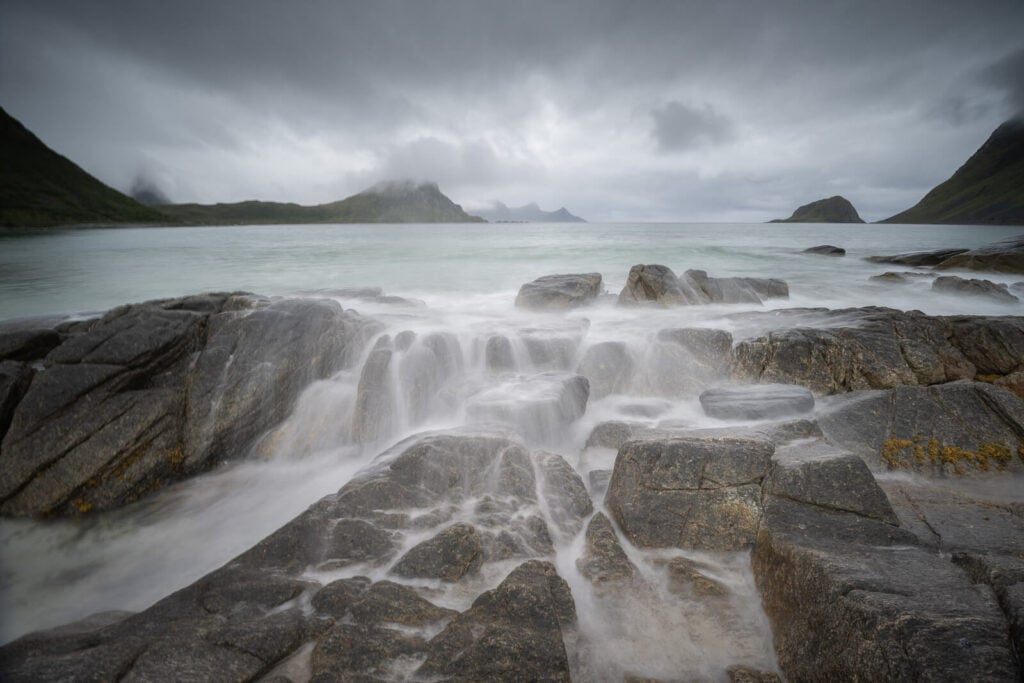
- Monochrome: This is another great way to make the most out of what’s available. Sure, monochrome works great even when it’s sunny, or with an infrared filter. The additional benefit of a cloudy or overcast sky is that you can push the contract of an image further, to either enhance the “drama” or to isolate subjects better through the increased contrast.
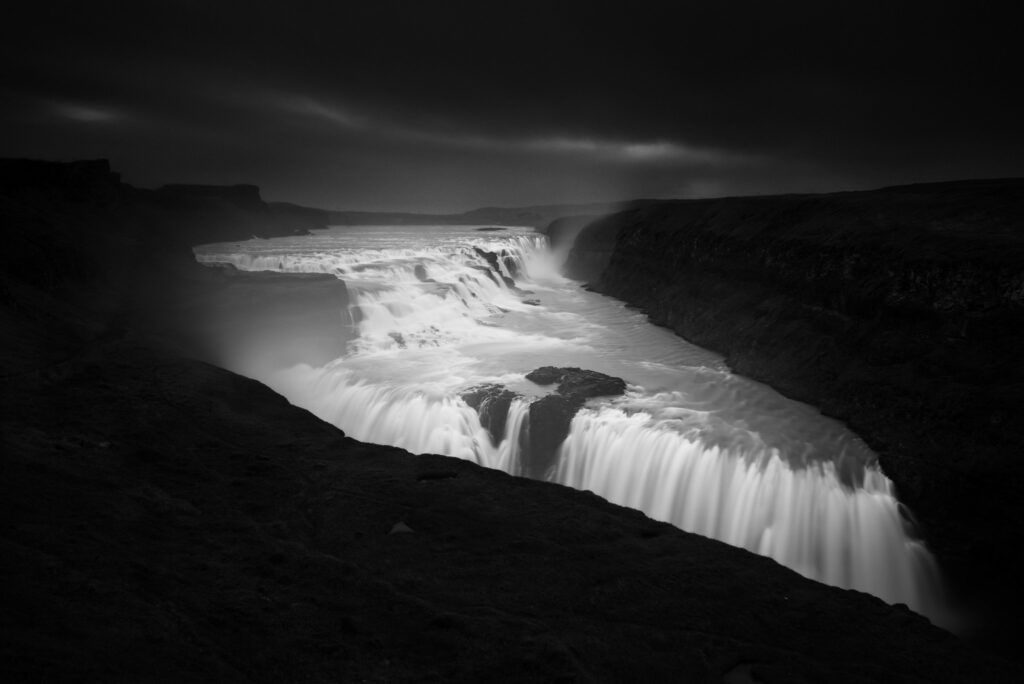
- Long exposures: This is another great way to blur all the “nothing” in a flat and dull image further. To make it even more ethereal. Long exposure is what you normally want to use when there already is some texture in the sky so that you can convey an impression of movement or more dynamism. Such types of very long exposures aren’t nearly as used as they were in the early 2020s but they are still great fun to do.
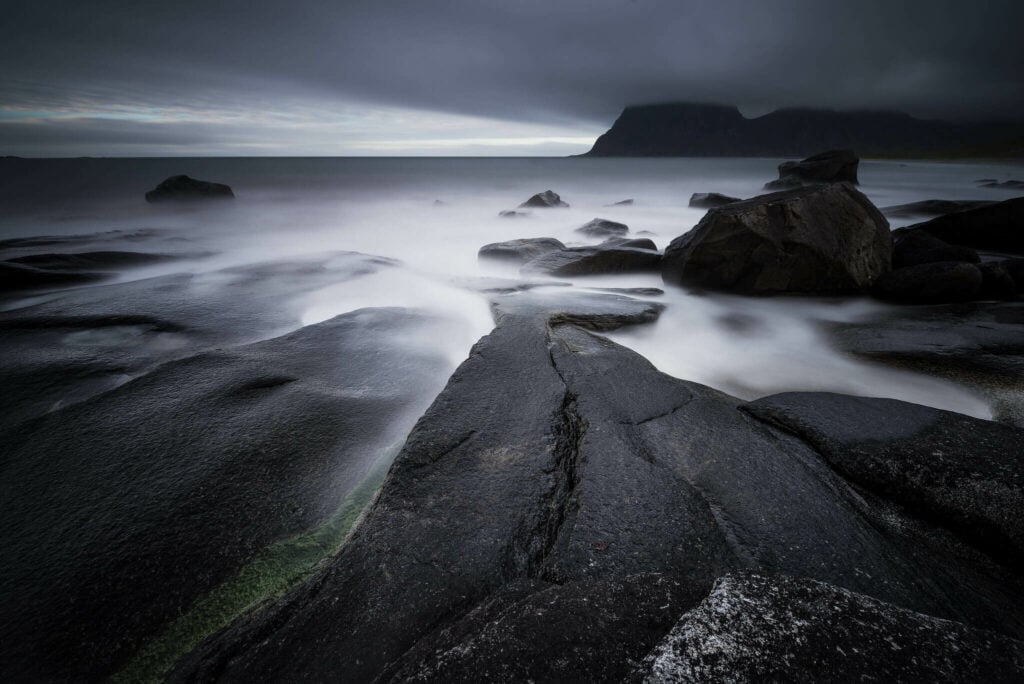
- High-contrast images: on the other hand, you could also use high-contrast images to focus on the structure and texture of the landscape in contrast with the dullness of the sky. This is one way to use the space of a dull, white sky; it turns the sky into a shape that can help focus the eye on the landscape features, their texture, and colors.
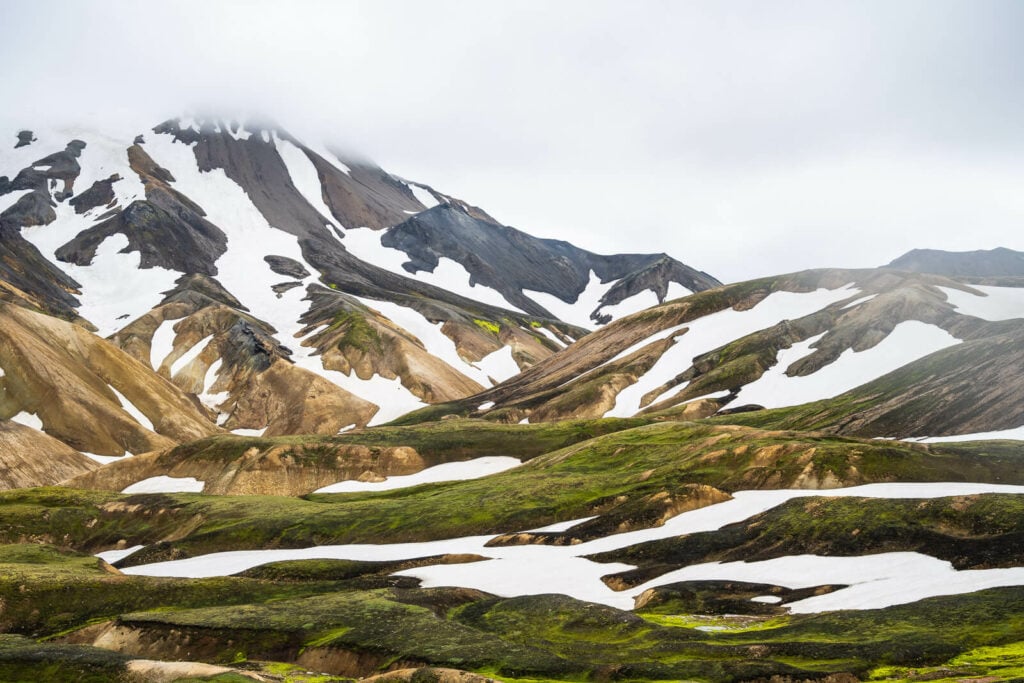
- Make it moody: a type of image not to everyone’s taste. Yes, people tend to like shiny and happy or dreamy-looking images more than anything else. However, this does not mean more moody images cannot be equally powerful. Use the dark mood and the flat tones to make the image darker. Focus on the lack of details, the haze, the fog, and the blurry, flat aspects of the image. In such cases, the lower the contrast, the better.
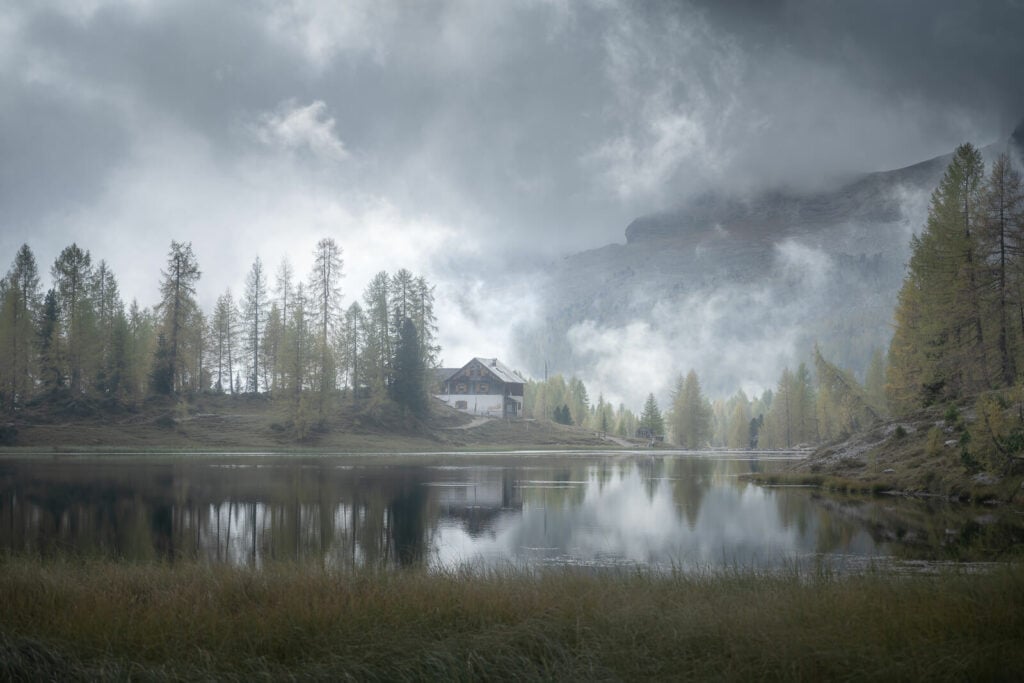
- Bring out the drama. when the weather is really, really bad, make the most out of it. Capture the drama and those angry clouds. Capture the essence of the storm. Menacing skies are hard to come by just as a beautiful sunset is.

- Focus on elements that stand out: Tiny, small landscape elements that somewhat stand out from the surrounding environment. Clouds and the soft light diffused by them can help isolate these elements from the surrounding landscape.
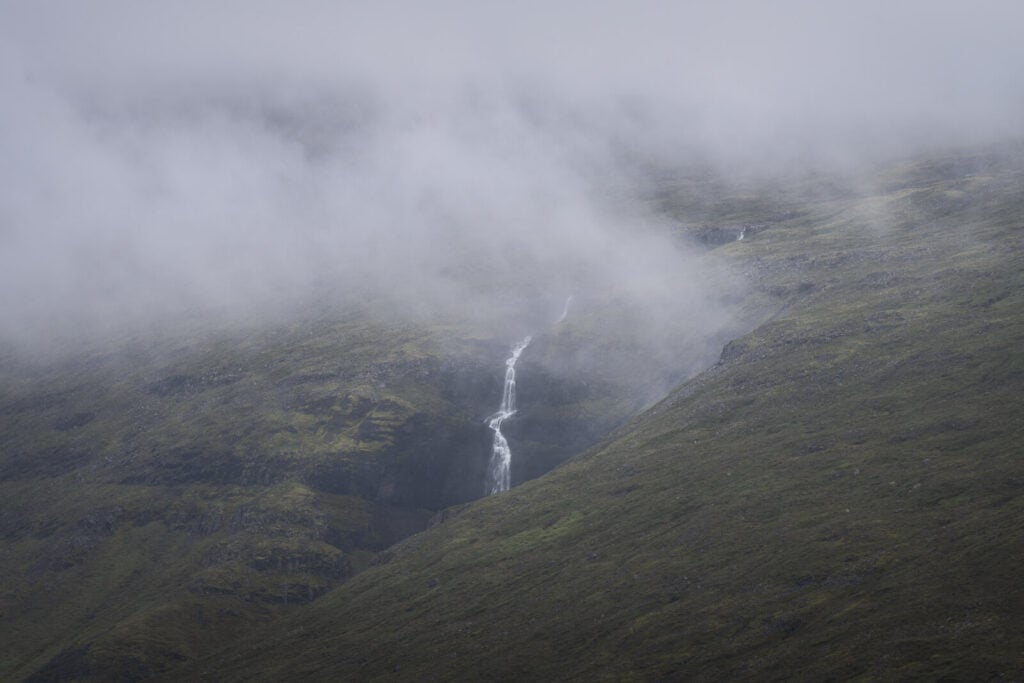
- Get in the clouds! If you live in a mountainous area, then you’d already know you can get in or above the clouds just by hiking up a mountain. Similar conditions can often provide the ground for a dreamy-looking image. Clouds can provide some natural softness that is usually achieved with blurring techniques in Photoshop.
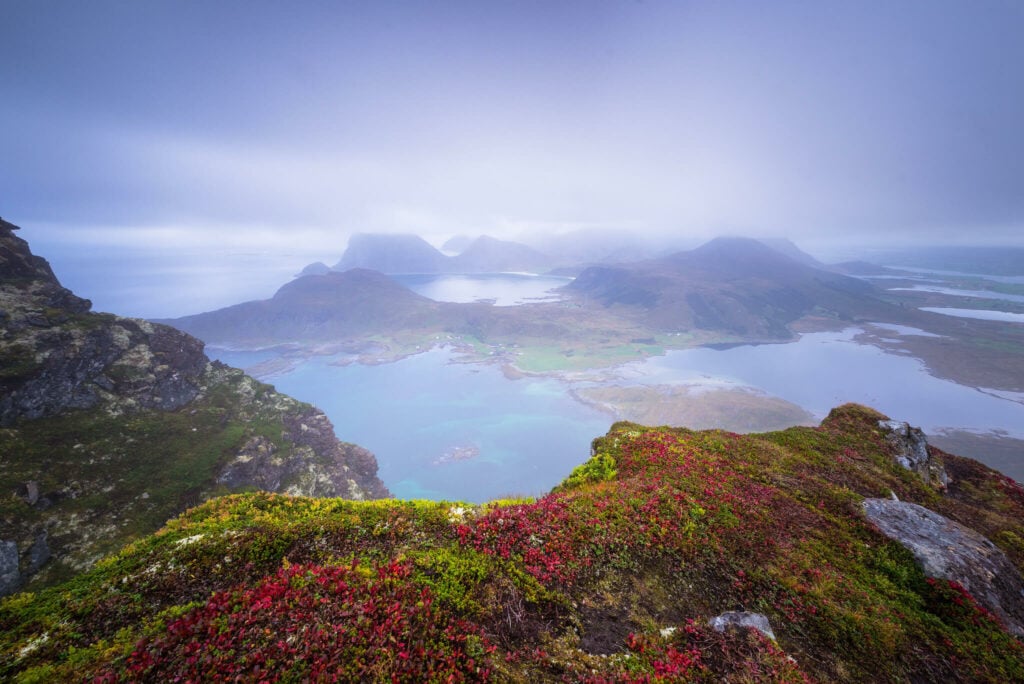
- If all else fails, just leave the sky out. Look for subjects that can stand alone and fill the image by themselves. Distant landscape features, waterfalls, whatever picks your eye. The advantage in such a situation is that you don’t have harsh light on your subject. Flat and grey days make it even so you don’t have to deal with a great dynamic range, which, in turn, helps focus the attention on the subject rather than on the lighting itself.

Lastly, remember; that you can only catch a break in the clouds if it is cloudy in the first place. Make sure to be ready and out there when that happens!
Conclusion
So these were my landscape photography tips for any cloudy and overcast day. Take these as examples or inspiration. After all, I’m just a regular guy who enjoys being out on the trails and taking photos anytime I can.
However, if there is one key takeaway you should take away with you after reading this article is: don’t be limited by “fair weather” photography. Even worse, only sunsets or sunrises.
Get out whatever the conditions – unless there is a life-threatening storm. Push yourself. The effort will pay off, at the very least in experience, and new learnings.
In photography, you only get better by practicing and being out there, constantly taking shots.
Anyway, hope you enjoyed my Landscape Photography tips for cloudy and dull skies. If you have any tips of yours, I’d love to hear them in the comments!
Additional Resources
- Discover some beautiful Hiking and Landscape Photography locations
- More Landscape Photography tips: Snow and Winter Landscape Photography.
- New to landscape photography? Check out my guide on Landscape photography for hikers.
- Check out my favorite weather app – Windy.
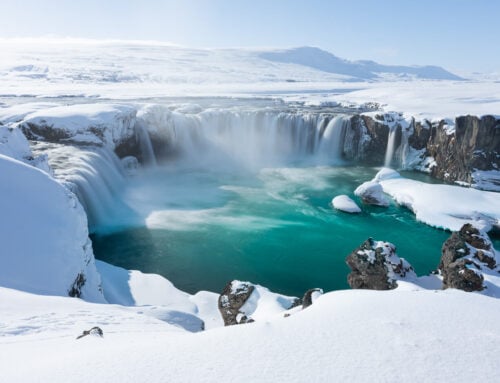
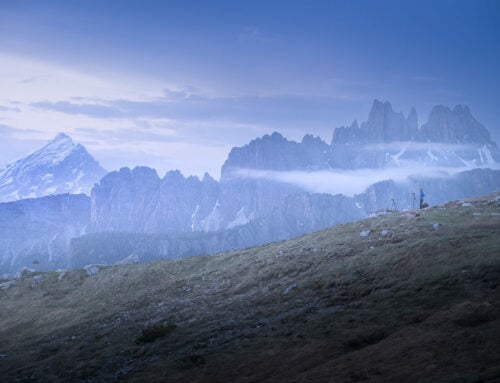

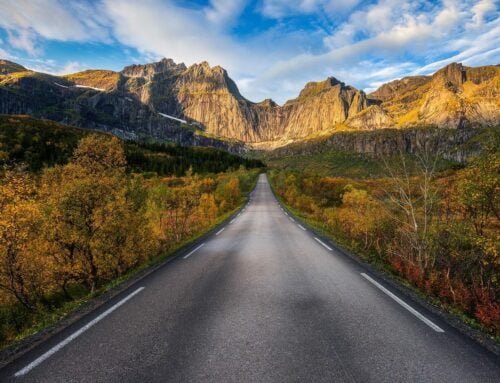
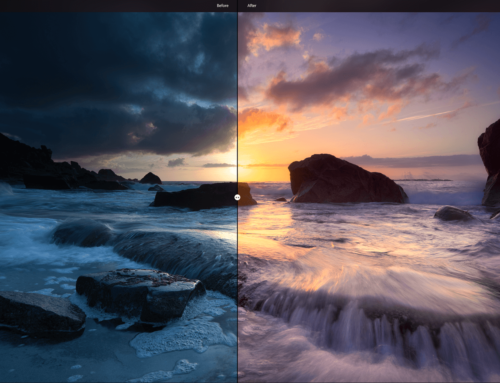
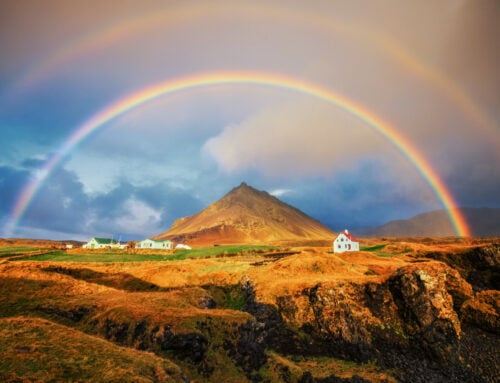
Thanks Marco :) good blog post and lovely photos. I personally prefer this type of weather/these types of photos than sunny ones. They are so much more emotional, they stir something deep in my soul. Inspiring!
Thanks Georgina! I am glad you enjoyed the post – these are my favorite shooting conditions too.